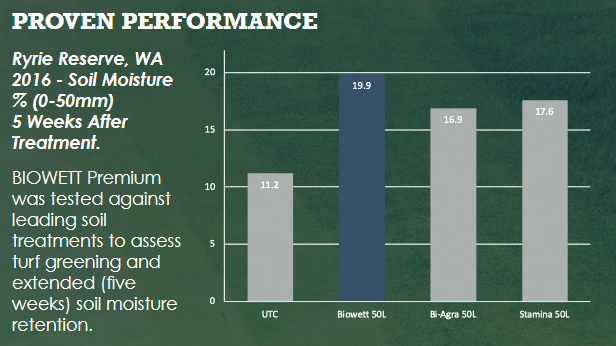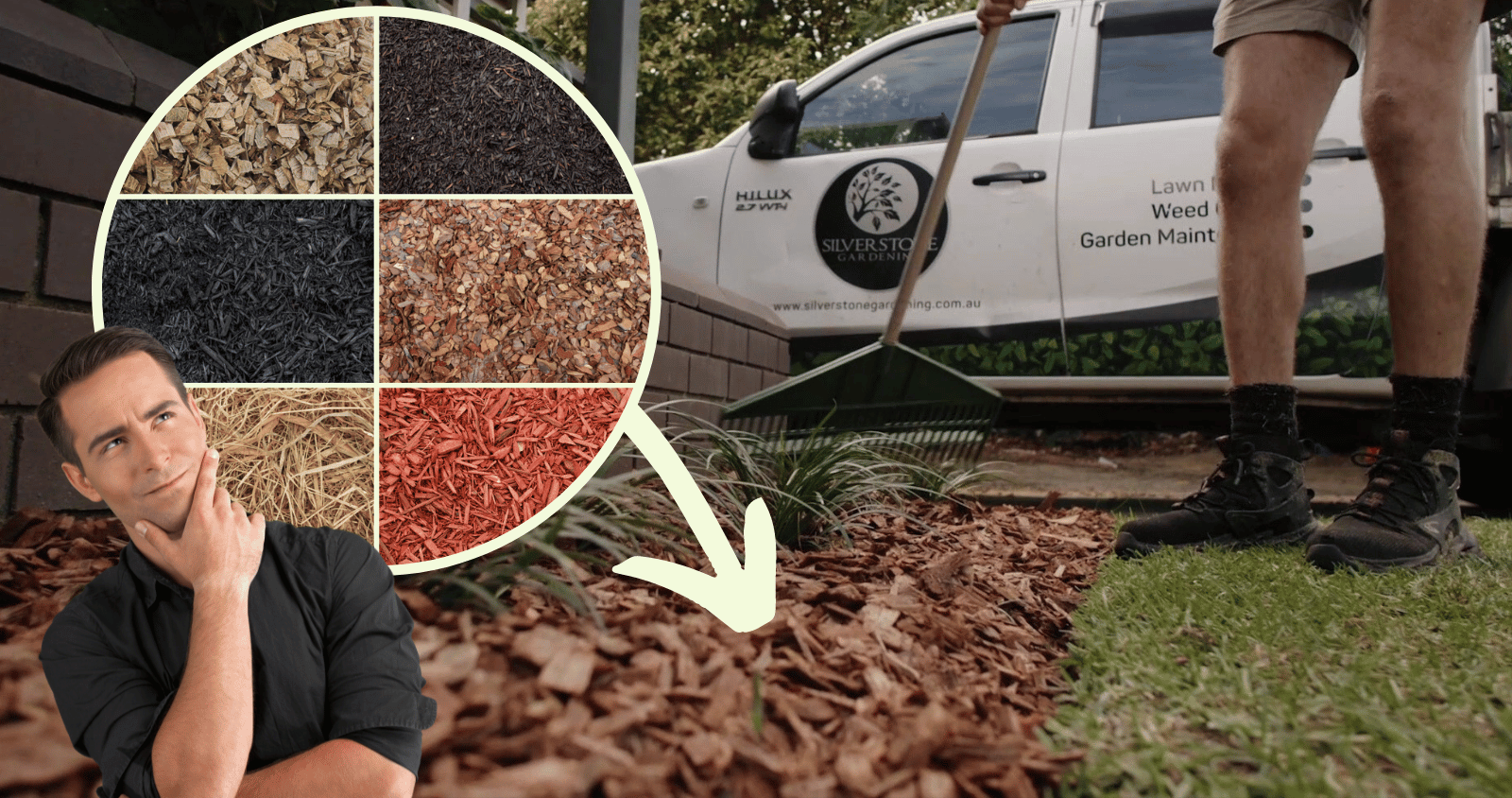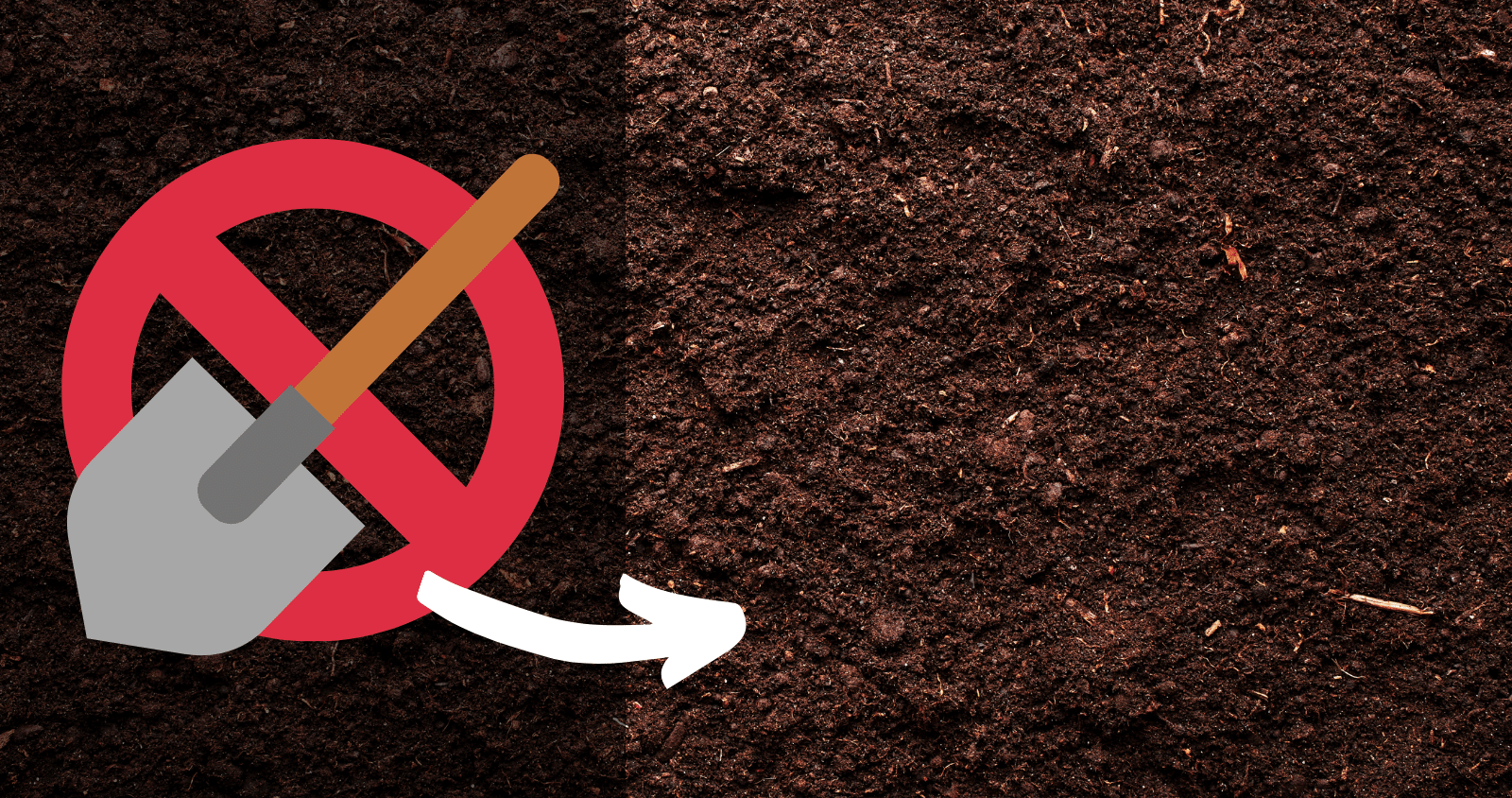
Perth’s sandy soils can be a huge challenge for gardeners and lawn lovers. The soils we have are hydrophobic (repel water) and lack a lot of important nutrients our plants and lawns need to thrive. Digging in quality soils, manures or composts are effective ways to help improve soils. However, they are not realistic options for someone who already has established lawns or gardens.
What does it mean to have a healthy soil?
A healthy soil, from a gardener’s perspective, is simply a soil that helps your plants and lawns to grow. To grow healthy plants, your soil needs to perform these two functions:
- Infiltrate water
- Supply nutrients
To achieve these goals, we need to have healthy soil bacteria, fungi and microbes and we need to increase soil organic matter.
The long term fix: increase live roots
Many people know that a healthy soil creates healthy roots, but they don’t know that the relationship goes both ways. Healthy roots actually help create a healthy soil.
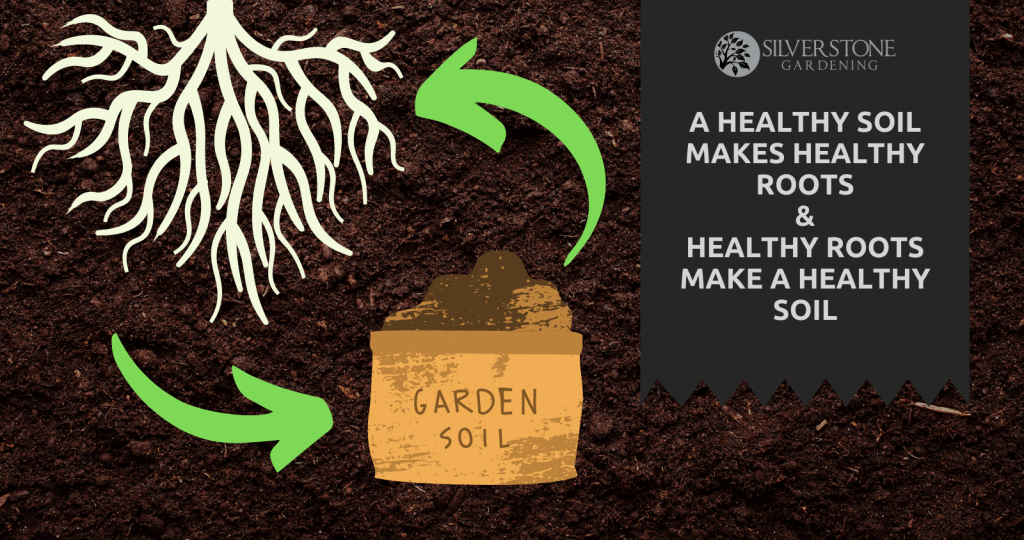
A green, healthy plant lives by photosynthesis. The products of photosynthesis are oxygen and carbohydrates. Plants will then take 30-50% of the carbohydrates it produces and put them into the soil, which feeds soil organisms. These organisms then in return increase the quality of the soil, both its capacity for water infiltration and the soil’s ability to feed the plants.
The process of increasing roots and encouraging the root-to-soil relationship is slow. However, the results are long lasting and potentially permanent (note: The science behind this explained thoroughly in the book A Soil Owner’s Manual by John Stika).
I am going to show you the four steps, in order of importance, that you need to help improve your soil for WA lawns and gardens.
Note: These four steps are assuming a functioning reticulation system for your lawns and gardens that waters your gardens per the WA Water Corp Guidelines (or equivalent regular hand watering). If you do not have a functioning reticulation system, focus on fixing that first before you follow these four steps.
Related Articles
The four steps
In order of importance, here are the four steps you need to complete to improve your sandy Perth soil without digging up the soil surface.
1. Keep the soil covered: Mulch and Lawn
Mulch is often used to beautify a garden but is also has significant benefits to the soil and plants of the garden. A healthy mulch layer – I would recommend at least 5cm – will:
- Protect soil from erosion
- Create a habitat for beneficial insects and other organism that help the soil
- Conserve moisture, and
- Reduce soil temperature during hot weather
All of these functions will help improve your soil and your plant’s root growth. I have written a detailed article on the best mulches for WA gardens; you can click here to read it. Find the best mulch for your gardens and apply as your first step.
If you want to improve the soil quality of your lawns, a thick lush lawn will provide the same protection and benefits to soil that a quality mulch will. Use a quality fertiliser to encourage thick, lush growth. Here is a great balanced and slow-release organic fertiliser that can be used on just about every plant.
2. Help water get to and stay in the root zone: Wetting Agents
Wetting agents are still criminally underrated in WA lawn and garden care. In 2016, trials in WA conditions showed that using wetting agents can significantly improve soil moisture by 19.9% five weeks after application. Wetting agent producer SACOA (the makers of BioWett, Ralphy’s Refresh and more) released these figures on their website:
The reality is that it doesn’t matter how much water you put on your lawn or garden. What truly matters is how much of that water actually makes it down to the root zone where it is needed.
There are many WA homeowners who will be shocked to find out just how much of the water they put on their lawns and garden is being lost to evaporation and run-off. Applying a quality wetting agent will temporarily increase the soil’s ability to infiltrate water. However, keeping up regular applications sustains the increase in soil moisture, which will in turn increase the quality of the soil.
To see exactly how a wetting agent works, click here.
3. Increase root growth: Seaweed Concentrates
Seaweed products are super beneficial for root growth and establishment. Check out this video to see the results on cotton after just two weeks.
As we explained above, there is a strong relationship between healthy roots and healthy soil. Use a seaweed product to encourage as much root growth as possible.
4. Add liquid organics: Humic and Fulvic Acids
Humic and fulvic acids are known as “liquid compost”. Whilst there is some debate on the subject, there is scientific and anecdotal evidence that both humic and fulvic acid can increase soil health and root development.
Because there is some debate, I have put this tip as the lowest priority on the list. However, these products are not all that expensive AND can be applied together with seaweed products and wetting agents in a watering can or hose attachment.
Bonus tip: Filling up bare space with annuals
This process does include digging so I consider it a bonus point. The simple idea is that increasing the roots in your soil and the plant diversity in your garden beds will speed up the process of soil improvement.
If you have bare areas in your soil that are too small for a new shrub or tree, a small annual plant may be a really good option to add roots without over-crowding.
Petunias, Lobelias and Violas are all beautiful flowering options. However, these are not the only options. Herbs like basil or parsley could also be a great edible option. Even Dichondra (a perennial ground cover often grown by seed) could be a creative option for shaded areas.
Final tip: Consistency over intensity
The key to these four actions creating long lasting benefits to your soil is consistency. It is often the case that we get excited, spend the money to get the products, apply a couple of times and then the products sit on the shelf unused for years.
I would recommend that mulching be done yearly, applied at least 5cm thick. The best results for your soil will come from mulches with large particle sizes (read our article on mulch to find out why).
The wetting agents, seaweed concentrate and humic/fulvic acids can be applied together if all in liquid form. I would advise low-rate applications of wetting agents and full-rate applications of seaweed concentrate and humic/fulvic acid every four weeks.
These tips are not quick fixes. You will see instant benefits – especially from the mulch and wetting agents – but it may take 1-2 years (or even more depending on how bad your soil is to start with) to see long-lasting results. However, if you are a keen gardener or lawn lover, the value from these actions is huge and far worth the work.
Our Product Recommendations
There are many great products out on the market. We love the Ralphy’s range. High-quality WA produced by a small WA business. Follow these links to see these products and have them delivered to your door. Refresh, Unleash, Seacharge.
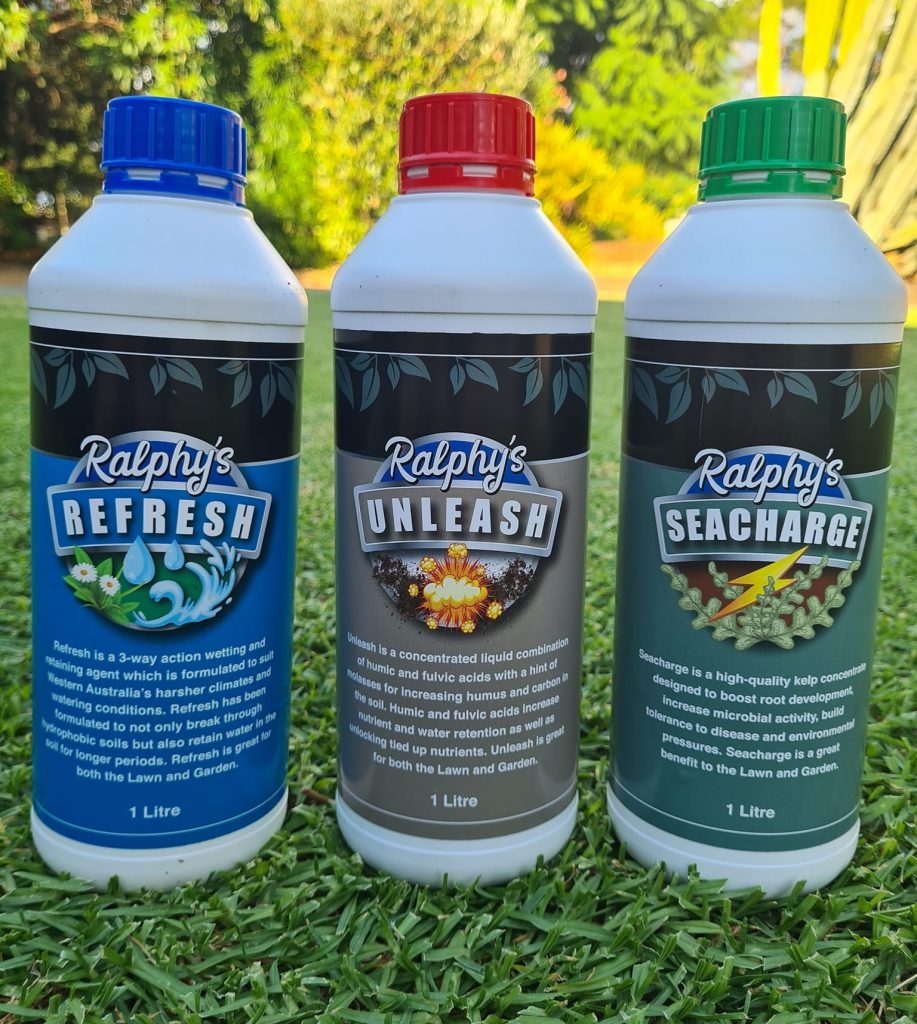
For mulch recommendation, read this article of ours. We compare 8 popular mulch options to see which ones are best for your gardens.
If you are the type of person who is reading this and realises that whilst you have the desire to improve your soils, you don’t have the time to consistently apply the mulch or products, then we are here to help.
Silverstone Gardening is a professional lawn and garden care business that hires qualified and experienced gardeners who can help you get amazing results at your property. Contact us today for a quote.



